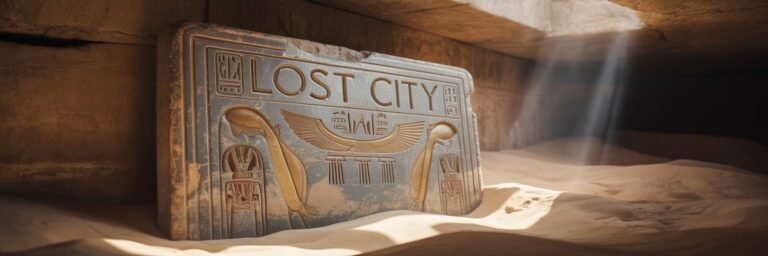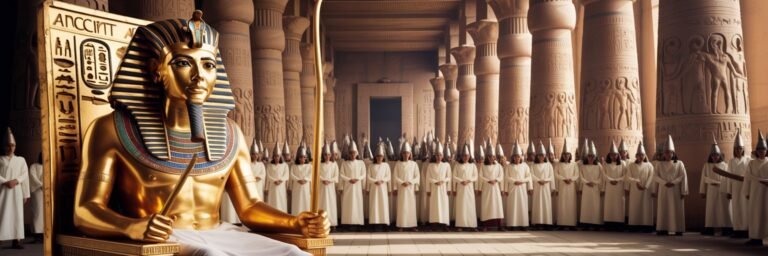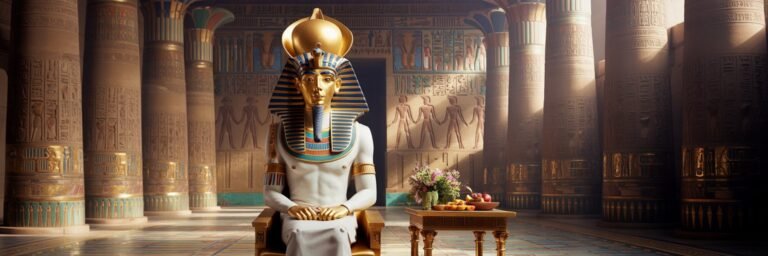INTRODUCTION
The ancient realm of Egypt, an enduring symbol of grandeur and mystery. Known for its impressive pyramids, disciplined civilization, and advanced technological prowess. Yet, within its historic walls, intrepid archaeologists, historians, and cultural aficionados find a narrative rich in warfare and conflict. War was an essential aspect of ancient Egyptian society, serving diverse purposes from safeguarding dominion, expanding territories, to reinforcing political power. And with war came the fateful occurrences of bloody encounters, shaping the chronicles of the civilization. This piece then embarks on the exploration of some of the bloodiest battles in Ancient Egypt.
HISTORICAL BACKGROUND
To understand the ferocity and significance of these conflicts, we must first delve into the turbulent backdrop of ancient Egypt, a civilization that utilized military strategy and strength to establish and maintain a complex socio-political structure. The timeline of Egyptian history can be quite convoluted, beginning with the Pre-Dynastic era, around 5000 BCE, when small, agriculture-based communities occupied the Nile valley. As the communities matured, they encountered inevitable friction over resources and land, thus sparking the fires of conflict that would smolder for millennia.
The development of military strength expanded through the succeeding Early Dynastic, Old Kingdom, Middle Kingdom, and New Kingdom periods, up to the fall of the Last Native Dynasty in 343 BCE. As pharaohs struggled to maintain their realm’s integrity and prosperity, territories across the Nile River, Sudan, Sinai Peninsula, Libya, and the Levant became the setting of bloody battles that ultimately dictated the rise and fall of powers and the shaping of borders.
THEORIES AND INTERPRETATIONS
Egyptian battles are well-documented through inscriptions, art, and preserved remnants of combat weaponry, giving us insightful inferences into the strategies, motivations, and outcomes of their engagements. Richard Osgood, in his exploration of ancient weaponry, describes Egyptians as early innovators adapting foreign craftsmanship to strengthen their military arsenal.
How grand were these conflicts, and how historical depictions might have been hyperbole for propagandistic purposes, is the subject of academic debate. Renowned Egyptian historian, Toby Wilkinson, argues that pharaohs, particularly from the New Kingdom Era, exaggerated the scale and ferocity of the battles to project a persona of invincibility, casting themselves as divinely appointed leaders.
Yet, the carnage unearthed in archaeological sites suggests that the bloody reality of these battles was far from embellished. The Battle of Megiddo and the naval Battle of the Delta, both under Pharaoh Ramesses II, were monumental in scale and devastation, leaving trails of death and enforcing the might of the Egyptian Empire.
MYSTERIES AND CONTROVERSIES
The apex of ancient Egyptian warfare complexity, embodied in the Battle of Kadesh, remains a subject of continuous analysis and controversy. On one hand, Pharaoh Ramesses II celebrated it as a great victory, with carvings and inscriptions heralding his personal heroism throughout Egypt. Yet, scholars have questioned this narrative: Who truly won the Battle of Kadesh? Recent scholarship leaning towards viewing it as a stalemate is controversial, stoking robust debate among historians.
Another enigma of Egyptian warfare is the Sea Peoples’ involvement. These unidentified aggressors are blamed for instigating a period of turmoil during the Late Bronze Age collapse. Yet, despite multiple records, their precise identity and origin remain a mystery, contributing to a controversial narrative of ancient Egyptian warfare.
SYMBOLISM AND CULTURAL SIGNIFICANCE
Despite the brutality and bloodshed, warfare was deeply entwined with the cultural fabric of ancient Egypt. Battles were viewed as a duality of chaos (Isfet) and order (Maat), a metaphor for maintaining the balance of life itself. A victorious pharaoh was seen as an upholder of Maat, re-establishing order by vanquishing chaos.
Egyptian art and literature vividly portray war scenes, reflecting societal values and religious beliefs. Battles became the backdrop for showcasing the pharaoh’s courage, tactical acumen, and divine favor, critical in legitimizing their reign and spiritual worthiness.
MODERN INVESTIGATIONS
Modern archaeological inquiries, incorporating tools like aerial photography and geophysics, are transforming perspectives on ancient Egyptian battles, revealing previously elusive details about the scale, tactics, and impacts of these devastating engagements. Excavations at sites like Megiddo and Kadesh provide tangible, grisly proof of the intensity and horrific reality of warfare in ancient Egypt.
Forensic analysis of unearthed soldier remains provide a new window into the wartime culture of ancient Egypt, shedding light on soldier fitness, diet, battle wounds, and surgical interventions. This measure of scientific inquiry, combined with linguistic inroads into previously indecipherable inscriptions, is progressively unveiling the worst battles’ chilling countenance that painted the canvas of ancient Egypt’s turbulent history.
LEGACY AND CONCLUSION
The bloody battles of Ancient Egypt, well-documented or contested, distill into one bleak truth: War was an integral part of life along the Nile. Its imprint is evident in the far-reaching legacy it has imposed on the world, from defining regional geopolitics to influencing the art of warfare.
The legacy of pharaohs as mighty warriors, immortalized in inscriptions, sculptures, and stelae, continue to awe and inspire, despite the violence and sanguinary nature of their achievements. The pharaoh’s role as charismatic warrior-leader paved the way for a proud tradition in the martial cultures of later civilizations.
In conclusion, probing below the surface of Egypt’s mesmerizing history, one uncovers tales of ruthless power struggles, epic battles, and bloody triumphs. Each skirmish morphing the land and its people, leaving indelible scars etched deep within the chronicles of time. These bloody engagements demonstrate the ruthless brutality of war, yet also its role in shaping one of history’s most enduring, captivating civilizations.






